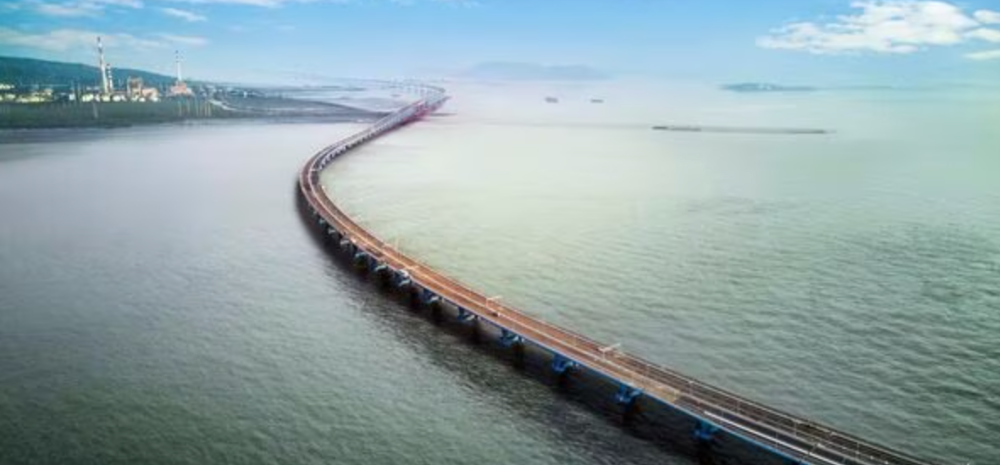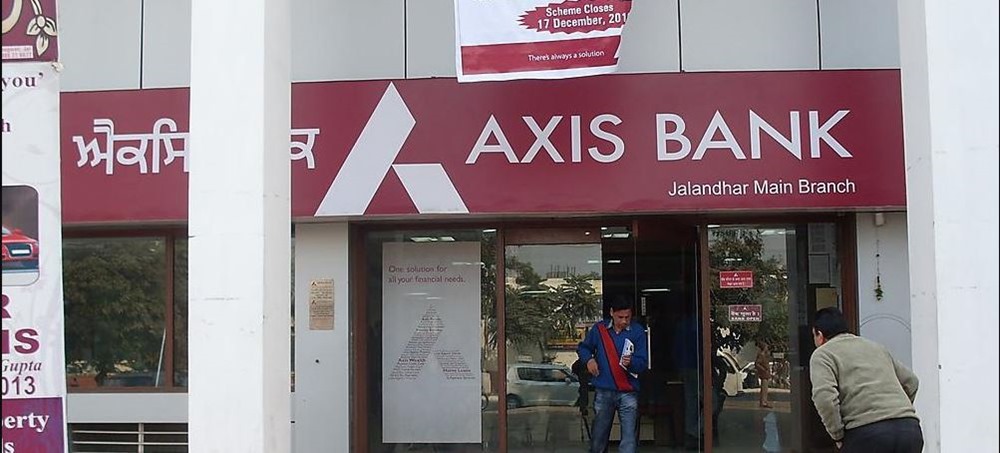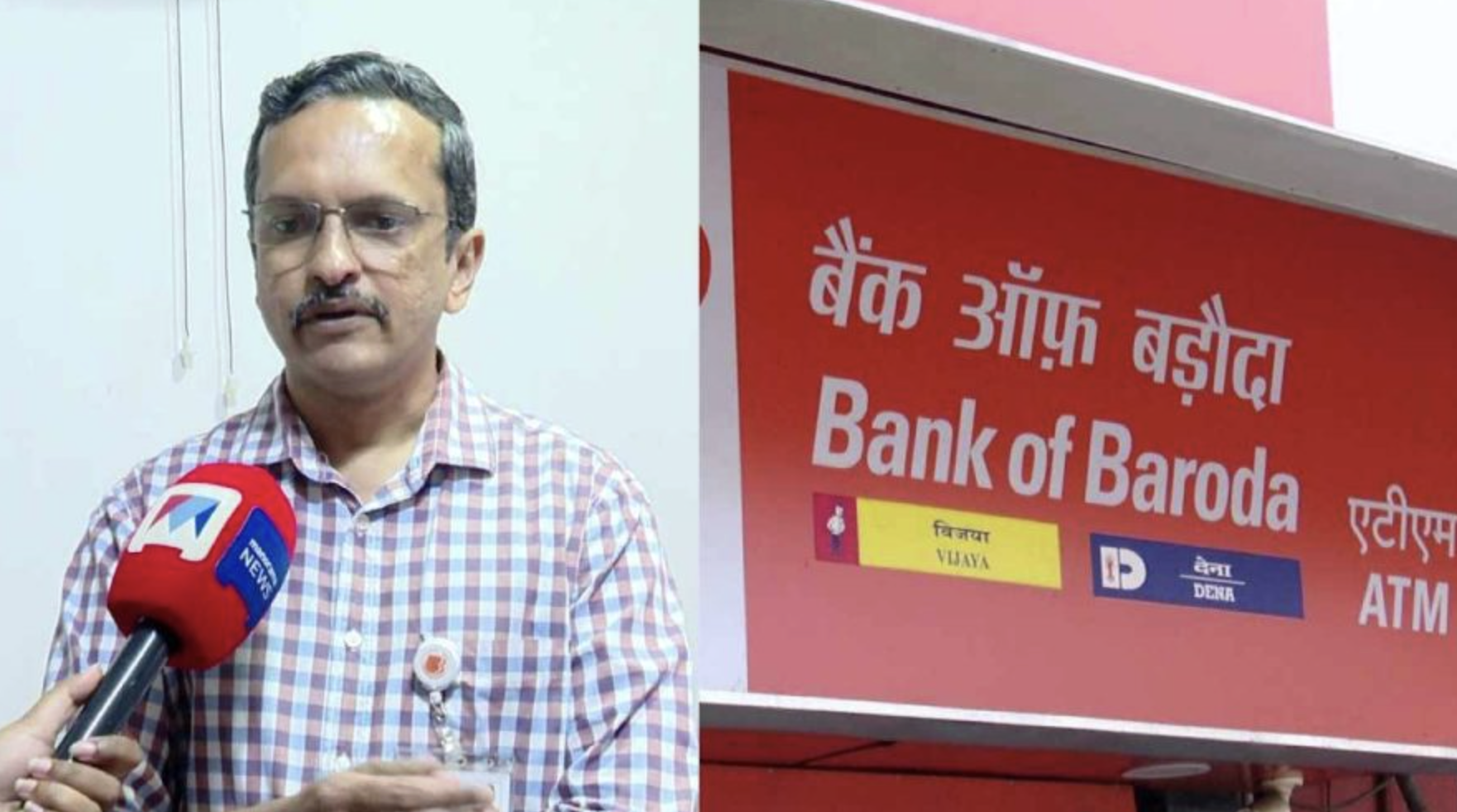Prime Minister Narendra Modi inaugurated India’s longest sea bridge – the 21.8 km Mumbai Trans Harbour Link (MTHL) in Maharashtra on Friday. Of the total stretch, 16.5 km runs over the sea between Sewri in Mumbai and Nhava Sheva in Raigad district. Named ‘Atal Bihari Vajpayee Setu’, the 6-lane bridge built at a cost of ₹18,000 crore, will reduce travel time between Mumbai and Navi Mumbai from 2 hours to just 20 minutes.

It is equipped with modern amenities and advanced systems. The engineering spectacle promises to transform connectivity and economic growth of the region. A one-way toll of ₹250 is being charged from commuters.
Here are 10 key things to know about this engineering landmark:
- Spanning 21.8 km between Mumbai and Navi Mumbai, Atal Setu is India’s longest sea bridge and longest bridge, built at ₹17,840 crore.
- It will reduce travel time from South Mumbai to Navi Mumbai airport and cities like Pune and Goa by over an hour.
- The bridge has a 16.5 km section over sea and 5.5 km over land with 6 lanes to ease connectivity bottlenecks.
- It is equipped with latest technologies like orthotropic steel decks for huge spans between pillars and river circulation rings to protect marine ecology.
- An intelligent transport system enables smooth mobility through fog detection, overspeed warnings and e-tolling.
- Advanced bridge health monitoring system and corrosion resistant materials provide sturdiness against disasters.
- Atal Setu has special lighting that does not disturb aquatic habitat and holds sustainability certification.
- The steel used is 17 times more than even Eiffel Tower, underlining the unprecedented scale.
- It will boost tourism appeal and unlock growth opportunities for Navi Mumbai Airport, JNPT port and adjoining areas.
- By improving connectivity between India’s financial and manufacturing hubs, Atal Setu gives huge infrastructure push.
The 21.8 km engineering spectacle is being hailed for its construction quality, innovative features and connectivity enhancements that will economically transform the region. As the new landmark aims to ease Mumbai’s burgeoning infrastructure woes, it undoubtedly sets global benchmarks.













